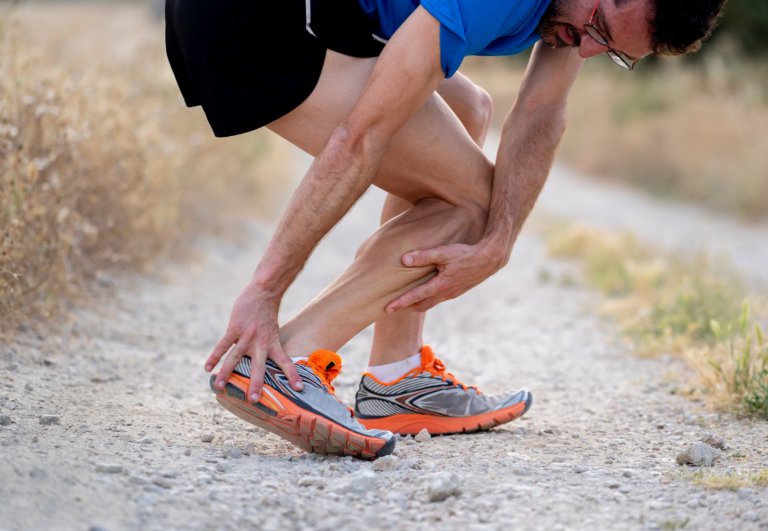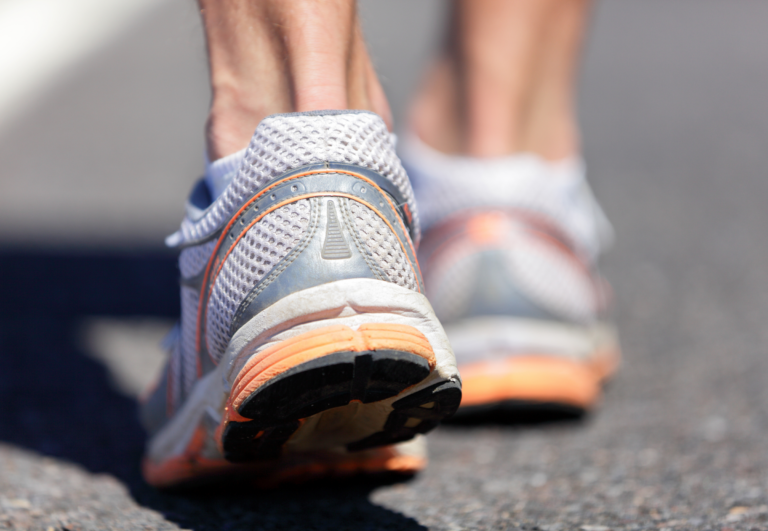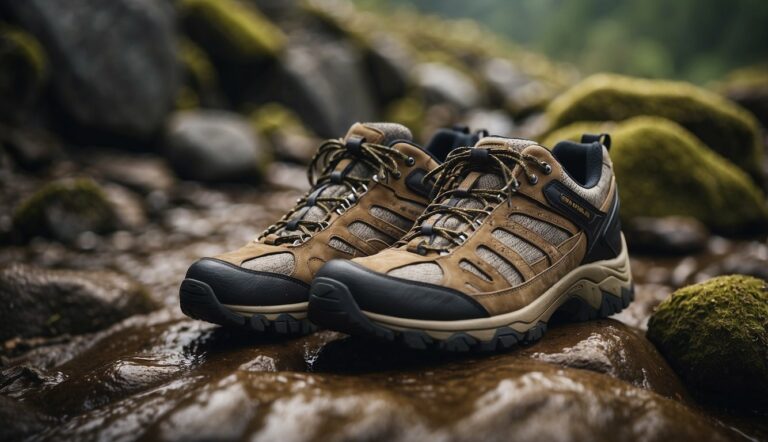Motion Control vs Stability Running Shoes: Choosing the Right Support for Your Stride
When choosing running shoes, it’s crucial to understand the difference between motion control and stability options. A stability shoe, for instance, might provide the perfect blend of protection and support you need.
Motion control shoes are designed for severe overpronators with flat feet, offering rigid frames such as a stability shoe and maximum ankle support to reduce inward roll and maintain gait alignment. They utilize materials like EVA for a firm structure. These shoes might also have stability features that can provide protection against conditions like shin splints.
Stability shoes cater to those with mild to moderate overpronation, providing a mix of support and flexibility. They are less rigid and slightly more lightweight than motion control shoes, with features like a heel counter to assist natural foot mechanics. These shoes aim for correction of your gait without compromising on comfort.
Selecting the correct type can enhance comfort, prevent injuries, and support your running goals. Your choice between a stability shoe and a motion control shoe should take into consideration factors such as comfort and lightweight characteristics that can truly enhance your running experience.
The Main Difference Between Motion Control and Stability Running Shoes
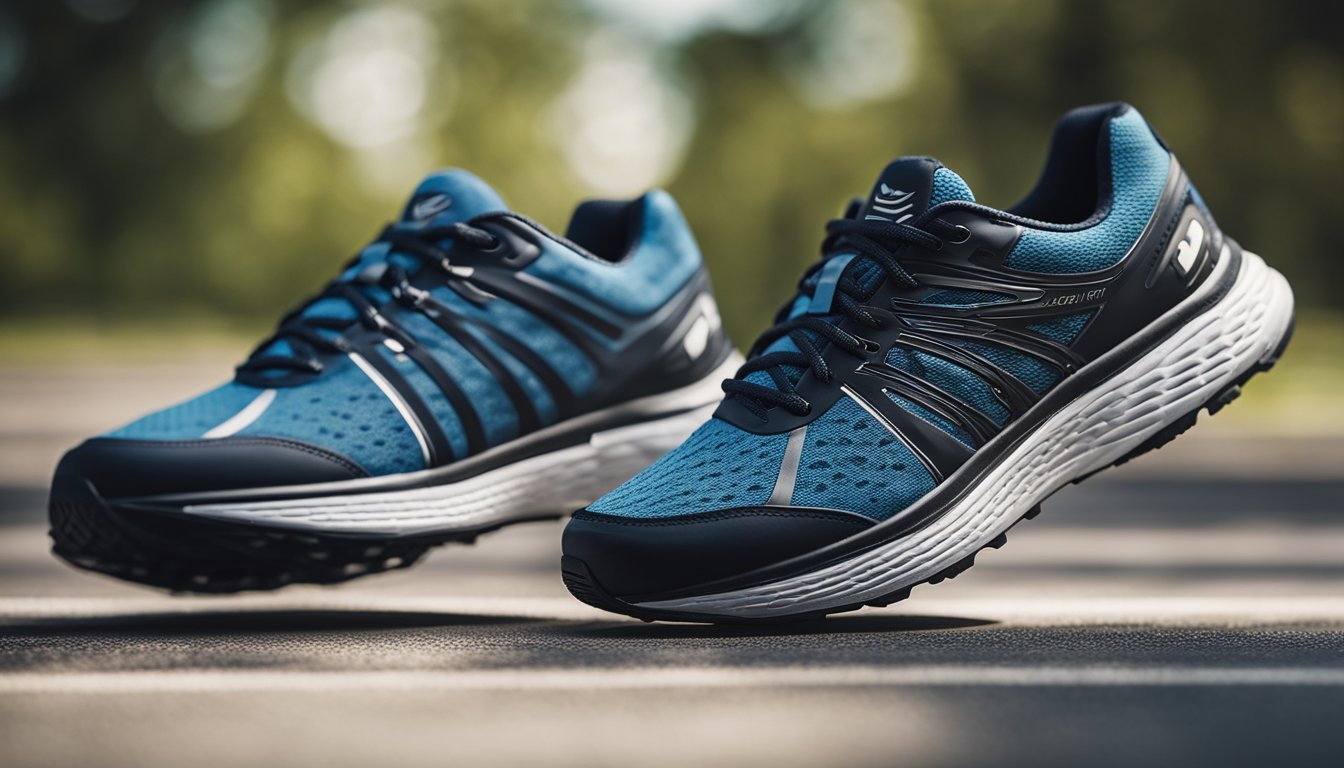
When you’re picking out running shoes, understanding the key differences between motion control and stability running shoes can guide you to the right pair for your feet.
Motion control shoes are built specifically for severe overpronators—runners whose feet roll inward too much as they land. These shoes have rigid frames, often referred to as a J-frame or medial post, to offer maximum ankle support and reduce the inward roll.
They aim for injury prevention by keeping your gait in line, and they provide a firm structure due to materials like EVA (ethylene-vinyl acetate). If you’re dealing with shin splints, these shoes can offer essential correction and relief.
In contrast, stability running shoes are for runners with mild to moderate overpronation. They offer a balance between support and flexibility. They’re often less rigid than motion control shoes and include features like a heel counter and cushioning to support the natural foot mechanics.
Even if you don’t overpronate severely, these shoes can support your high arch or flat feet without limiting foot motion too much.
Here’s a quick breakdown of features:
| Feature | Motion Control Shoes | Stability Running Shoes |
|---|---|---|
| Ideal for | Severe overpronators, flat feet | Mild to moderate overpronators |
| Structure | Rigid, firm | Supportive yet flexible |
| Support Type | Maximum ankle support, J-frame | Medial post, heel counter |
Many major brands, including Nike with their React Infinity Run, offer options for both shoe types. Remember, the right shoe can make all the difference in your run, and your comfort is key to preventing injuries and keeping you on track with your running goals.
Key Characteristics of Motion Control Running Shoes
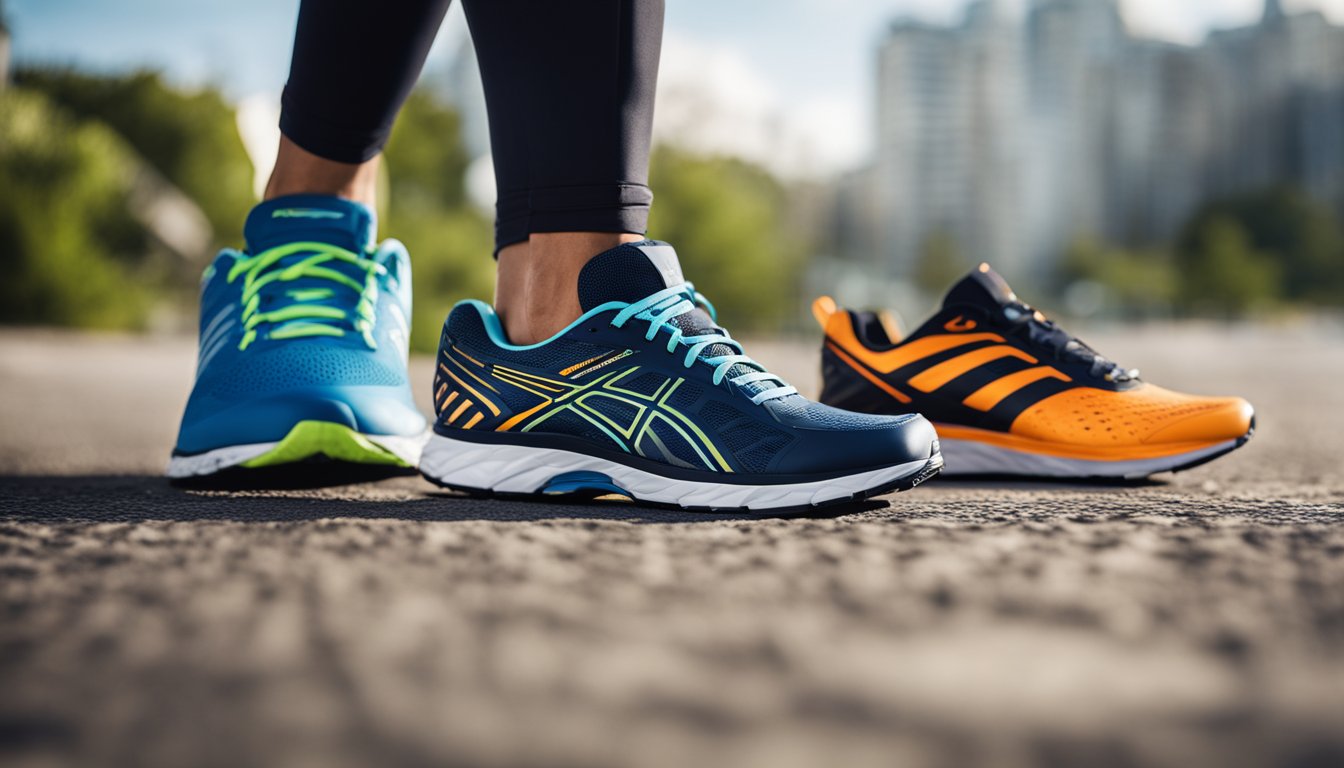
Motion control running shoes are specifically crafted to provide maximum stability and support for your feet. If you have flat feet or your foot rolls significantly inwards when you run—a condition known as overpronation—these shoes can be very beneficial.
They are designed with a straight last, which provides a solid foundation and reduces excessive foot motion.
- Reinforced stability: These shoes often include a hard piece of material on the inner part of the midsole, which is there to prevent collapse under weight.
- Structured cushioning: The cushioning in motion control shoes is optimized to maintain durability and to support your foot properly.
The outsoles are usually constructed with durable carbon rubber, granting you a grip on various surfaces while extending the life of the shoe. Another feature is the multi-density midsole, which has varying levels of cushioning to correct overpronation. Here’s a table for a quick overview:
| Feature | Benefit to You |
|---|---|
| Straight last | Sturdy foundation and less foot motion |
| Reinforced stability | Limits inward foot roll |
| Structured Cushioning | Supports and maintains durability |
| Durable sole | Longer-lasting wear and better traction |
While these shoes might be heavier and stiffer compared to other running shoes, they are designed to offer the highest level of control and reduce strain on your lower extremities, ensuring your runs are safer and more comfortable if you need that extra support.
Key Characteristics of Stability Running Shoes
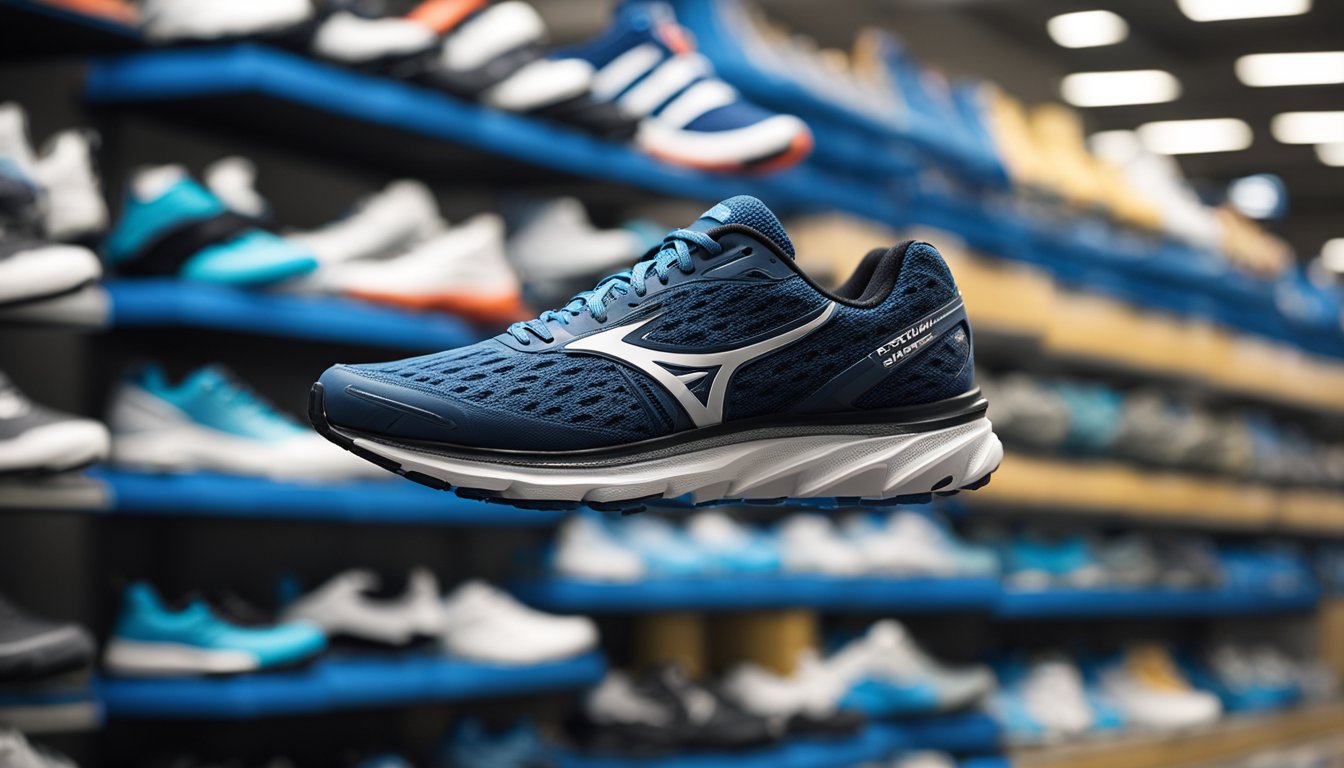
When you’re searching for the right running shoes, considering stability models is essential, especially if you experience overpronation. Overpronation is when your feet roll inward excessively after landing, and stability running shoes are designed with features to counteract this.
- Supportive Midsole: Your stability running shoes come with a reinforced midsole that often extends to the heel. This design provides necessary arch support and helps to correct overpronation by evenly distributing impact.
- Cushioning: Extra cushioning is a hallmark of stability shoes, which work to absorb shock and add comfort. Despite the focus on support, these shoes strike a balance between firmness and softness.
To give you an at-a-glance understanding, here’s a brief rundown:
| Feature | Description |
|---|---|
| Midsole | Reinforced for arch support. |
| Cushioning | Balances firmness and softness. |
| Flexibility | More flexible than motion control shoes |
Remember, stability running shoes can be slightly stiffer and heavier than neutral shoes but not as rigid as motion control shoes. They provide a perfect blend of correction, stability, and lightweight comfort to support your running journey.
They offer a good mix of flexibility and support along with responsive foam technology to keep your run comfortable and your feet aligned properly. The foam accommodates the individual contours of your feet, adjusting to the arches for a comfortable fit shaped just for you.
Make sure to try on different pairs to find the one that feels like it was designed just for your feet.
How To Determine if You Need Motion Control or Stability Running Shoes
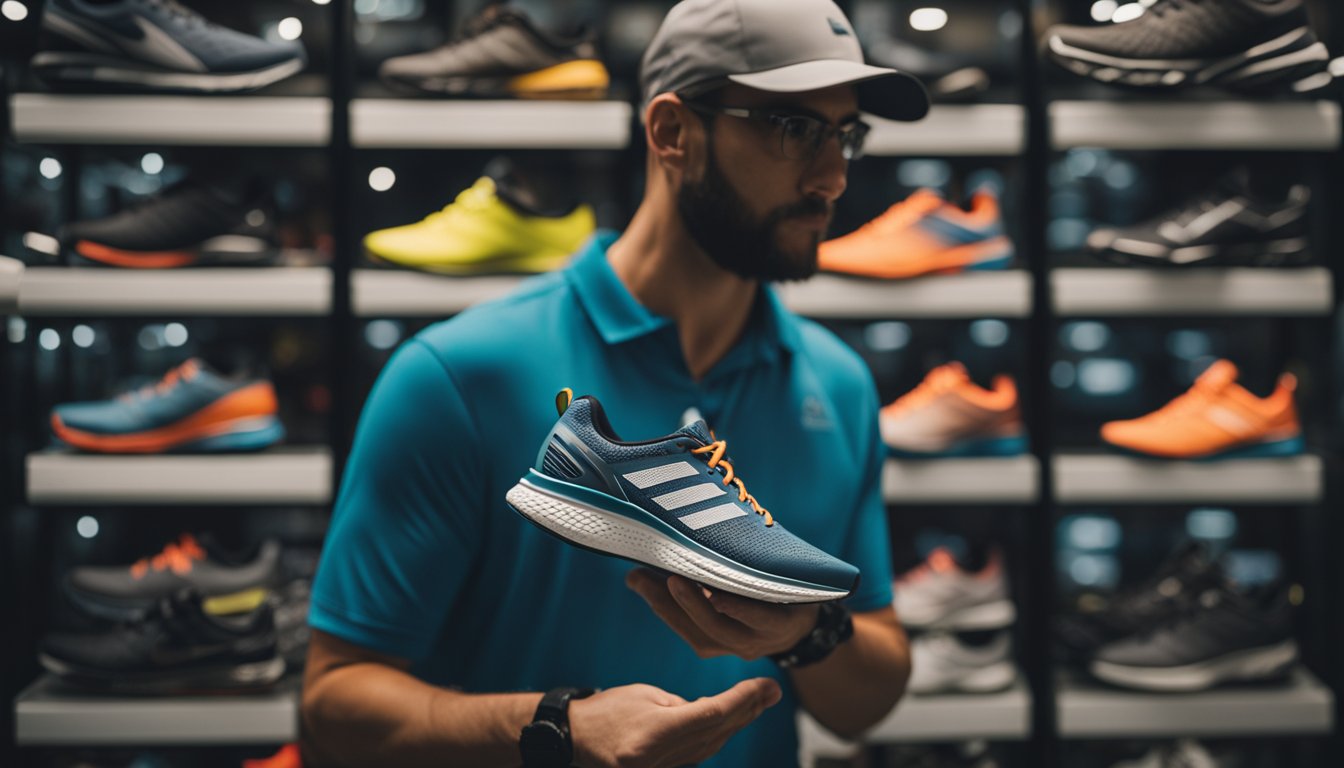
Choosing the right type of running shoe is crucial for your comfort and foot health, especially when differentiating between motion control and stability options. Your decision should be based on your specific foot type and how your foot moves when you run.
Determining Your Foot Type and Pronation Level
To pinpoint your needs, assess your foot type and level of pronation. Pronation is how your foot rolls inward when you walk or run and it affects the alignment of your foot, ankle, and leg.
Foot Type
A simple wet test can reveal your foot arch type. Wet your foot, step onto a flat surface that will show your footprint, and examine the imprint.
- A full imprint indicates a low arch or flat feet, often associated with overpronation.
- A missing middle part of the imprint suggests a high arch, linked to underpronation or supination.
A moderate curve in the imprint is a sign of a normal arch and neutral pronation.
Pronation Level
Consider consulting a podiatrist or visiting a specialized running store for a gait analysis which can determine your pronation level more accurately.
| Foot Arch Type | Typical Pronation | Recommended Shoe Type |
|---|---|---|
| Low Arch (Flat Feet) | Overpronation | Motion Control Shoes |
| Normal Arch | Neutral Pronation | Stability Shoes |
| High Arch | Underpronation (Supination) | Shoes with Cushioning |
Motion control shoes are designed with structured cushioning and a stiffer heel to help counter overpronation, thus are beneficial if you have flat feet and a tendency to overpronate. Stability running shoes, on the other hand, provide a balance of cushioning and support and are suitable if you have a normal arch and neutral pronation.
The goal is to find shoes that support your feet to promote proper alignment and prevent injuries during runs.
Actionable Tips for Choosing the Right Running Shoe
When selecting the perfect running shoes, it’s crucial to identify your foot type and gait. If your feet tend to roll inward while running, known as pronation, stability or motion control shoes may be what you need.
For Stability Shoes:
- Check Cushioning: Aim for a balance between support and cushioning.
- Flexibility: Seek some flexibility in the forefoot for natural movement.
For Motion Control Shoes:
- Stiff Heels: Look for shoes with stiff heels to decrease excessive pronation.
- Shoe Shape: Opt for a straighter shoe shape for firm foot placement.
Fit and Comfort:
- Ensure a snug, not-too-tight fit around the heel.
- Allow about a thumb’s width of space in the toe box.
Footprint Test:
- Wet your foot and step on a surface where you can see the imprint.
- A uniform width imprint may suggest flat feet, pointing towards motion control shoes.
| Foot Type | Recommended Shoe Type |
|---|---|
| Flat-footed | Motion Control |
| Moderate arch | Stability |
Before making a purchase, wear the shoes around the store or on a treadmill to gauge comfort and support. Remember that the right shoe type can aid in preventing injuries and improving your running experience. Happy running!
How To Incorporate New Motion Control or Stability Shoes Into Your Running Routine
When you’re ready to integrate either new motion control or stability running shoes into your regimen, begin by wearing them for short, less intense workouts. This will help you adjust to the different support and cushioning, which in turn impacts your running mechanics and posture.
Gradual transition
Embrace a gradual transition. Start by wearing your new shoes on a treadmill, where the even surface can assist in controlling how your foot strikes the ground during the three phases of a runner’s stride: landing, mid-stance, and toe-off. This ensures a smooth introduction to the new footwear and reduces initial strain.
Ask a coach
Consult with a coach who understands your performance goals and running-related injuries prevention. They can offer tailored advice aligned with your running routine and ensure that your shoes enhance your natural running posture and flexibility.
| Week | Activity | Shoe Type |
|---|---|---|
| 1 | Short runs (20-30 min) | New shoes |
| 2 | One long run | New shoes |
| 3 | Alternate days | New and old shoes |
Keep your long runs with your old shoes until you’re fully comfortable. The idea is to let your body adapt without risking injuries. Remember to monitor how your body feels post-run and to scale back if needed to prevent undue soreness.
Always listen to your body and give it time to adjust to the changes in support and rotation provided by your new footwear.

